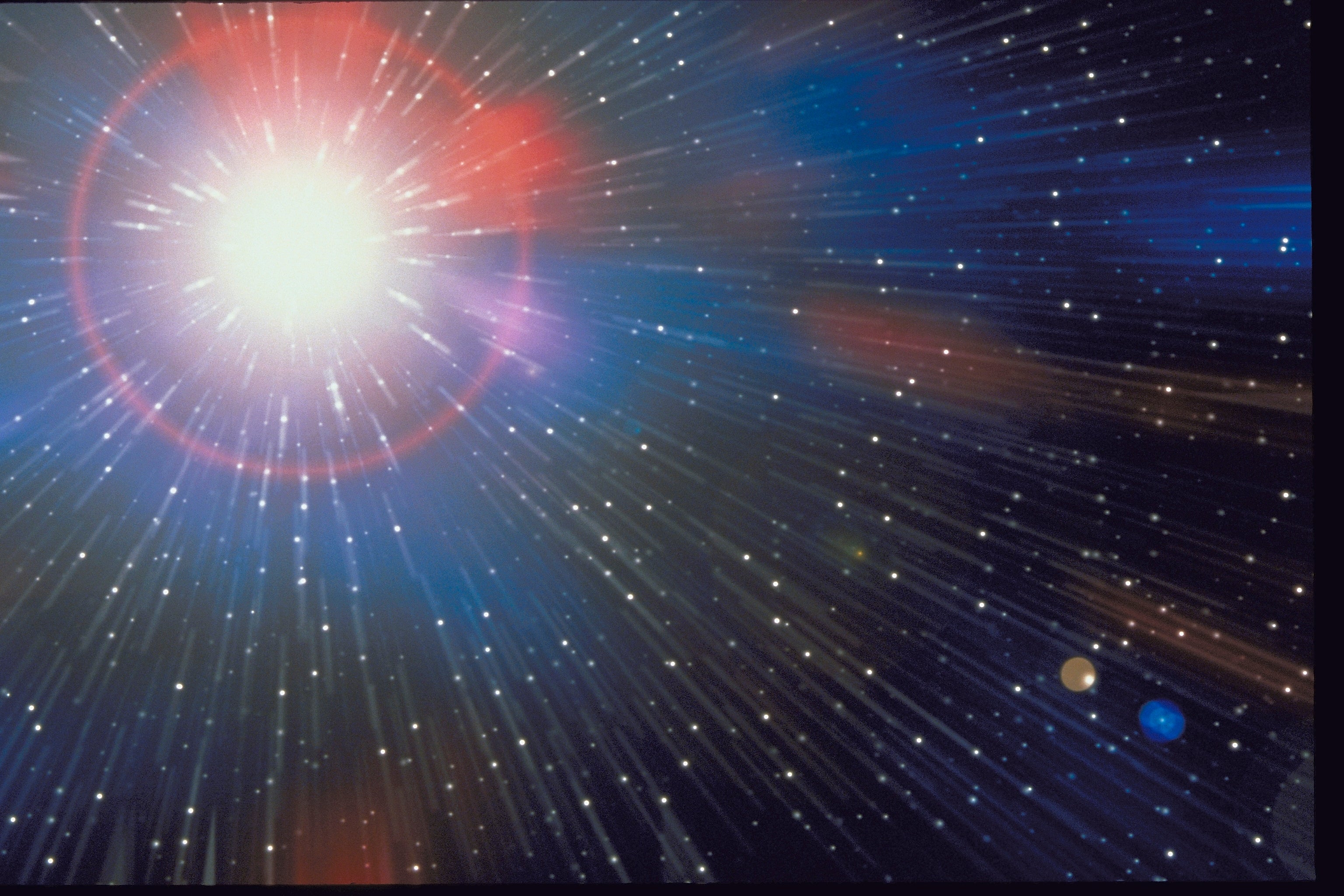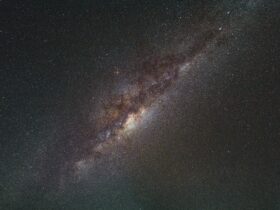In its early stages, a temperature check of the universe, just 880 million years after the Big Bang, was made possible by studying the shadow produced by a cloud of cold water gas 13.8 billion light-years distant from Earth.
It’s our first glimpse at the universe’s temperature, which scientists believe is decreasing over time as it expands and spreads. It’s another incredibly crucial data point in the quest for the most enigmatic of forces driving the expansion: dark energy.
Axel Weiss, from the Max Planck Institute for Radio Astronomy (MPIfR) in Germany, adds:
“This important milestone not only confirms the expected cooling trend for a much earlier epoch than has previously been possible to measure but could also have direct implications for the nature of the elusive dark energy.”
Key to Measure Temperature of the Early Universe – Temperature Contrast
Astronomers utilized the NOEMA (Northern Extended Millimeter Array) telescope in France to concentrate on the HFLS3 galaxy, known as a starburst galaxy due to the extremely high amount of new stars it produces.
Light is taking so slowly to reach us from HFLS3 that we view it as it was less than a billion years ago when the universe first began.
Scientists can also observe a massive cloud of water vapor between us and the galaxy, which is colder than the cosmic microwave background radiation (CMB), which represents the universe’s temperature.
The temperature differential between the colder gas and the CMB produces what is known as absorption lines, which may be used to calculate the temperature of the CMB.
It’s a sophisticated piece of astrophysics made feasible by the infrared light released by HFLS3’s young stars.

The researchers computed a CMB of 16.4 to 30.2 Kelvin (-256.8 to -243 °C) for the time period covered by HFLS3, which is consistent with prior cosmological model estimates of 20 Kelvin.
That is significant corroboration of scientists’ modeling.
This finding not only proves to cool but also demonstrates that the Universe in its infancy had certain pretty unique physical features that no longer exist today, as astronomer Dominik Riechers of Germany’s University of Cologne states.
The cosmic microwave background was already too cold for this impact to be seen roughly 1.5 billion years after the Big Bang.
As a result, scientists have a one-of-a-kind observation window that only allows them to see a very early Universe.
The results reveal that prior estimations of the temperature reduction rate as a result of expansion were correct.
Attempting to take this kind of measurement today would be impossible since the CMB is too chilly to generate the same temperature contrast.
When it comes to dark energy, it is assumed to be fueling the expansion of the universe, yet seeing it is beyond the capabilities of our existing sensors.
The scientists believe they may learn more about it by monitoring its consequences, such as the pace of Universe expansion and the decline in CMB temperature.
As is customary, one study piece leads to a slew of others.
The study team is now on the lookout for new cold water clouds to which the same approach may be used, to obtain another measurement within the first 1.5 billion years following the Big Bang.
The team is already following up on this with NOEMA by analyzing the environs of other galaxies, as astronomer Roberto Neri of France’s Institute Radio Astronomie Millimétrique (IRAM) explains.
“With the expected improvements in precision from studies of larger samples of water clouds, it remains to be seen if our current, basic understanding of the expansion of the Universe holds.”
Source: Sciencealert















Leave a Reply